From "The Quintessence of Daoism" to "History of Stones", and most recently "The Hung Kings' Era", historical films applying 4.0 technology not only move the young generation, but also open up a completely new approach: learning history through light, images, movements and emotions.
"6 hours for 1 second of screen time" in the animated film reviving Vietnamese history ( Video : Khanh Vi - Thanh Binh - Thuong Huyen).
Behind the magical frames are sleepless nights spent editing the film, countless trials and errors to recreate every historical detail as realistically as possible by people who specialize in storytelling with special effects.
Each image is not only technical, but also a slice of memory, a piece of the nation's soul preserved and retold in modern language.
Series of technologies vividly recreate Vietnamese history in every film
"In addition to responsibility for the past, restoring history also carries a mission for the future. We contribute our efforts so that the next generation understands and is proud of our national roots through visual language," shared Mr. Bui Hoai Thanh (born in 1973, Hanoi ), the film team leader.
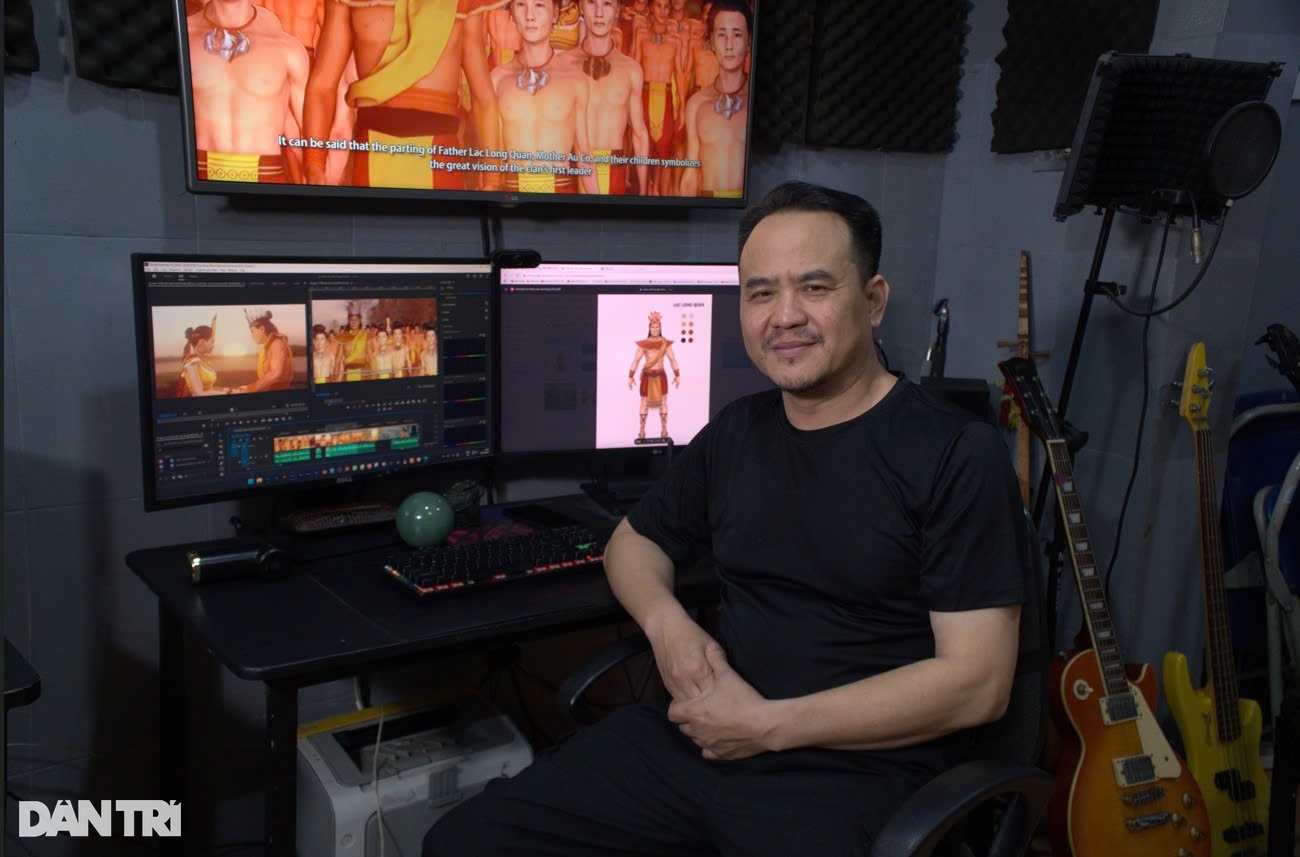
Mr. Hoai Thanh has more than 10 years of experience in the field of film editing.
The film "Hung Vuong Era" not only vividly and realistically recreates the era, but also brings a new visual experience, combined with a unique storytelling style, helping the young generation explore history in a completely new way.
In 2012, Mr. Hoai Thanh started his journey with 2 members, carrying a great love for cinema and a strong belief that "Three trees together make a high mountain", together they took the first steps.
Not owning modern machinery, they work and improve facilities as they go.
Over a decade of many changes, Mr. Thanh and his colleagues have quietly been behind many impressive projects such as the series of films recreating history in Hoa Lo Prison, the 3D Mapping films "The Essence of Dao Hoc", "History of Stones".
Especially the movie "Hung King Era" premiered on the occasion of Hung King's death anniversary in 2025.
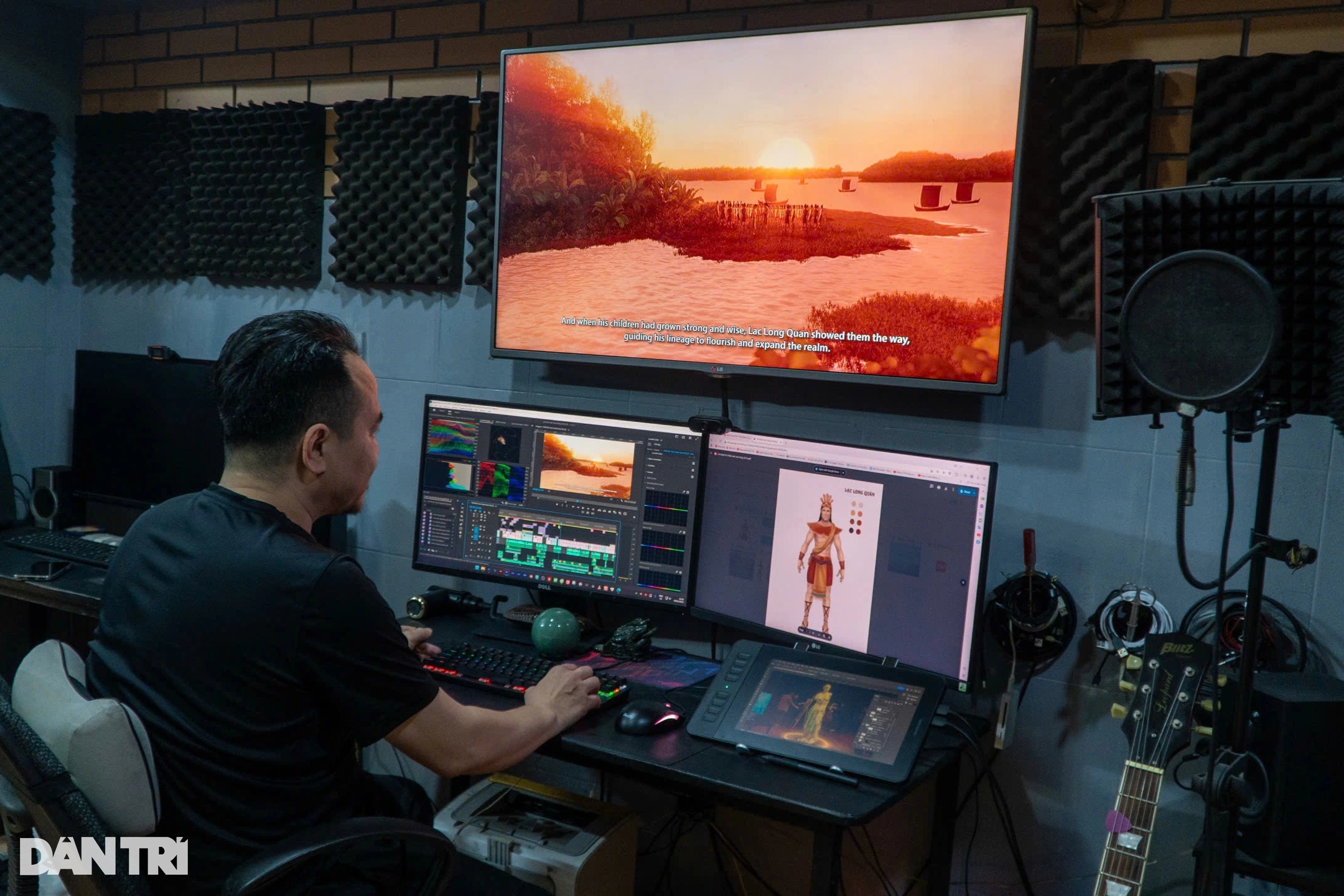
Many technologies were used in the movie "The Hung Kings".
In the project "Hung Vuong Era", the team brought Unreal Engine 5 - the leading real-time graphics platform in the game and film industry into the production process. Besides, there are powerful tools such as: Motion Capture Xsens, Maya rendering software, 3ds Max modeling and Lumion environment design.
"We were very excited to be assigned the Hung King Era project, but we were also scared, feeling like we were shouldering a great responsibility. Bringing the image of a period of national history closer to the younger generation is not easy at all," Thanh confided.
He said that throughout the process, the entire team went through countless edits, working through the night, all with a ready mindset and desire to create a worthy work.
"We cannot arbitrarily create historical figures based on our imagination. Every detail from costumes, weapons, to architecture is carefully researched by the team through textbooks, ancient statues, paintings...
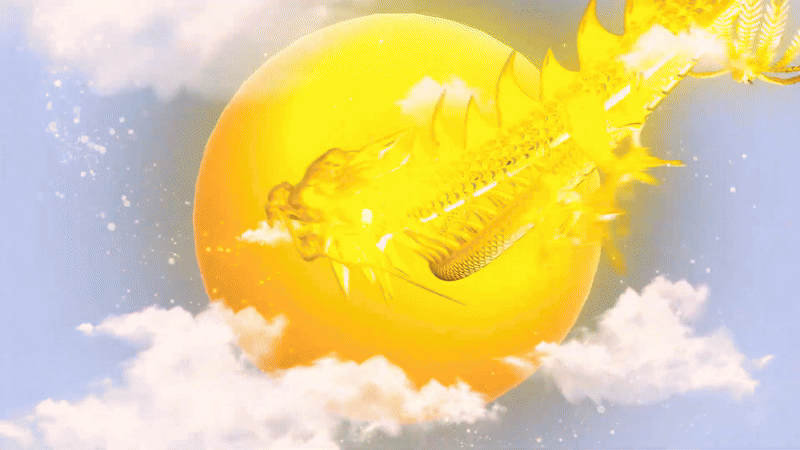
A scene from the movie Hung Kings Era.
The goal is to recreate a general image, closest to history, but still have soul.
Regarding the context, the whole team had to research each historical period and social situation so that each frame on film would be true to the era it reflected. The audience may not know all of that process, but they will feel the meticulousness and respect for history through each frame of the film," he said.
More than 6 hours to edit 1 second of screen time
The process before entering the project was built very methodically, it was thought that it would operate smoothly but the difficulty came from the great expectations of many parties.
"We started with 12 virtual concepts, meticulously sketching to clearly show the demeanor and costumes, then reconstructing them in Illustrator. Each model was sent to the evaluation board to review for accuracy with historical documents," he said.
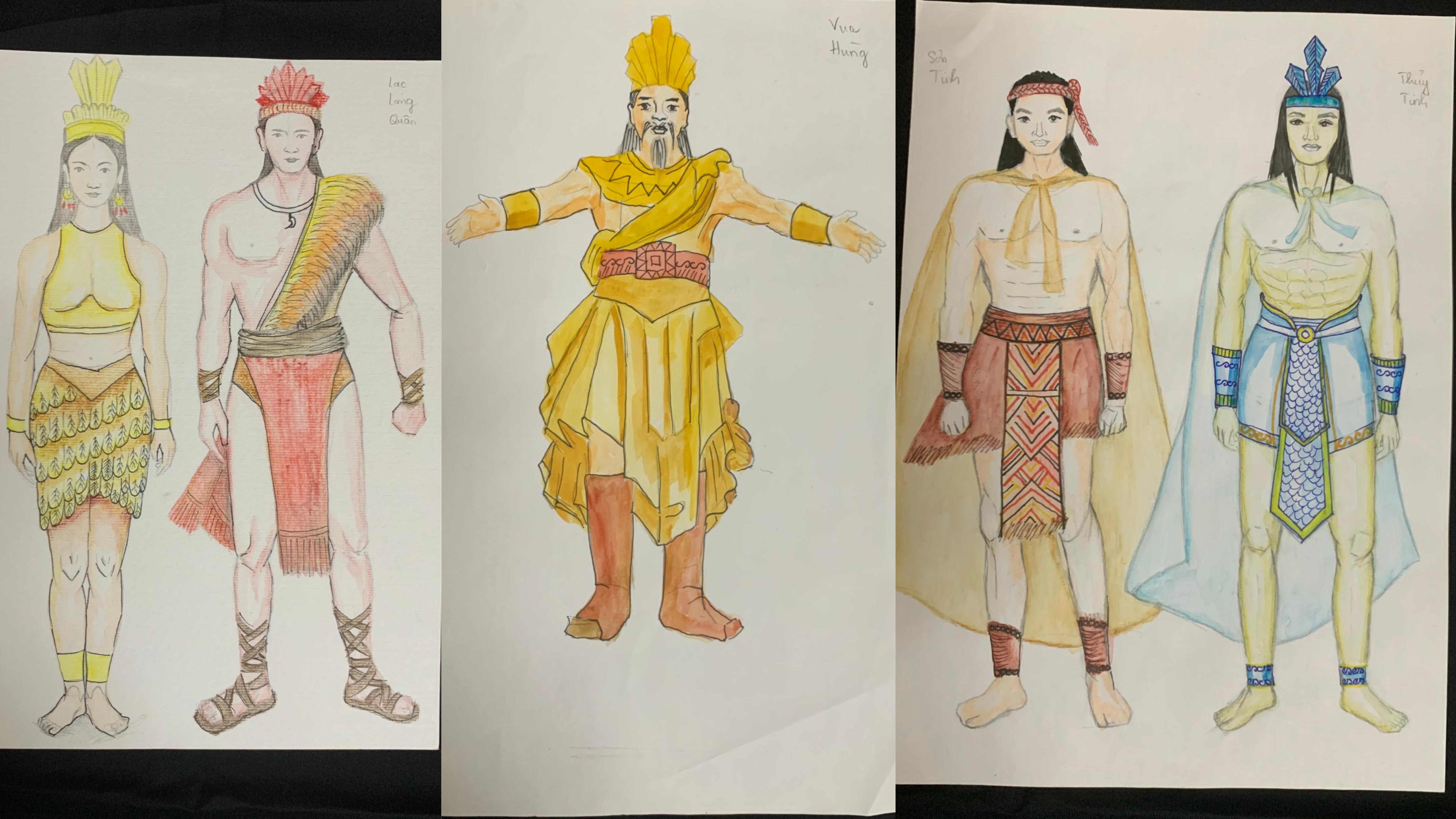
The characters are sketched in pencil before the 2D character is built.
Only when the character is approved in terms of appearance, the design team begins 3D construction. According to Thanh, this stage requires software mastery and high patience, each character needs about two weeks to mesh and create expressions.
Then, it takes nearly another week to complete the leather, fabric, metal…
"In short, it took us about three weeks of continuous work to create a complete historical figure.
Each edit is a 'lift up, put down', just one detail is not as expected, the following stages will be delayed", Mr. Thanh shared.
The above process takes about 4 months to complete.
The water space is also meticulously constructed: from the architecture of the stilt houses, forests, rivers, to the light and wind blowing on the fields... All are processed with 3D modeling software, ensuring maximum authenticity while still conveying the heroic spirit of the era.
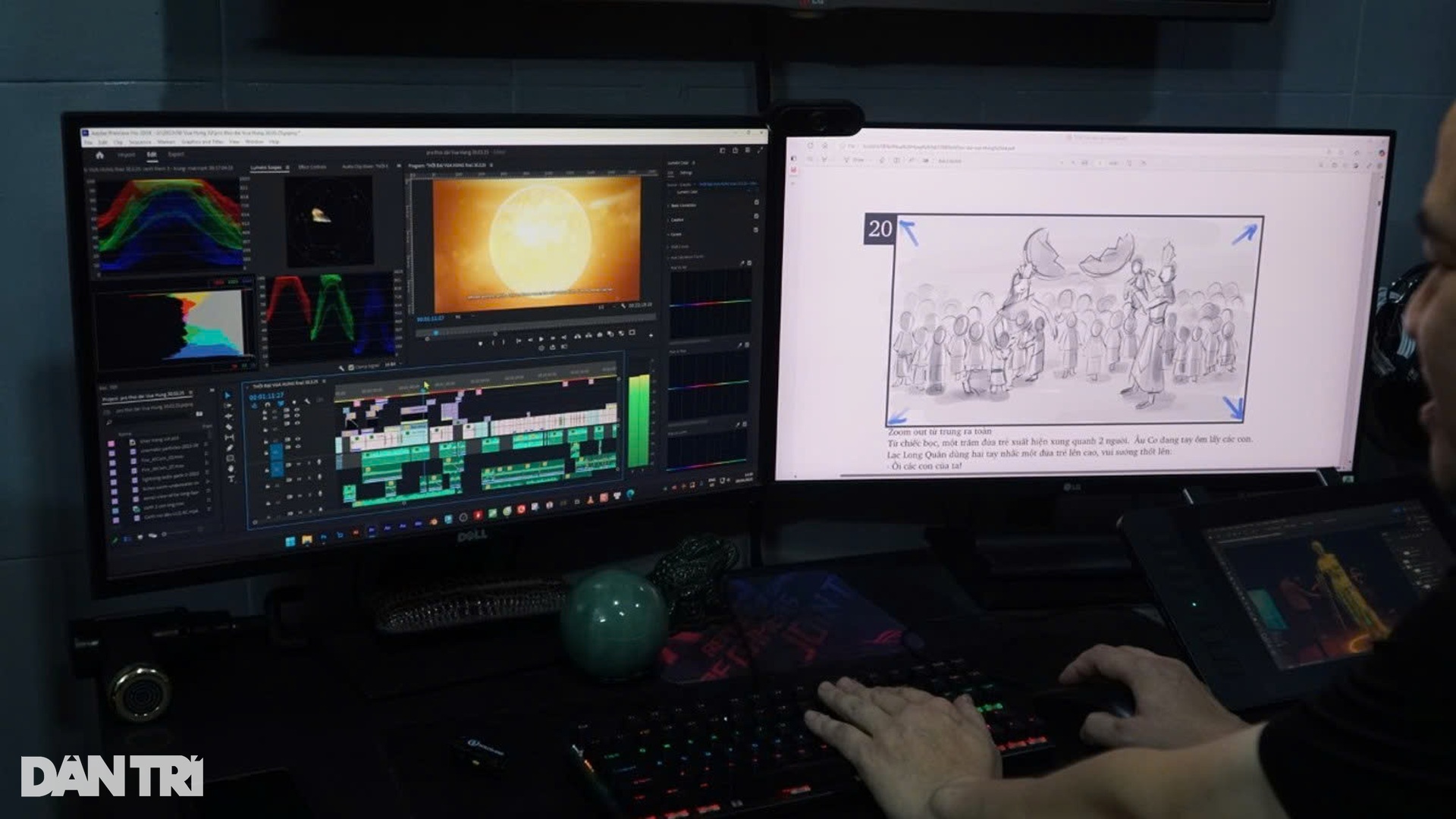
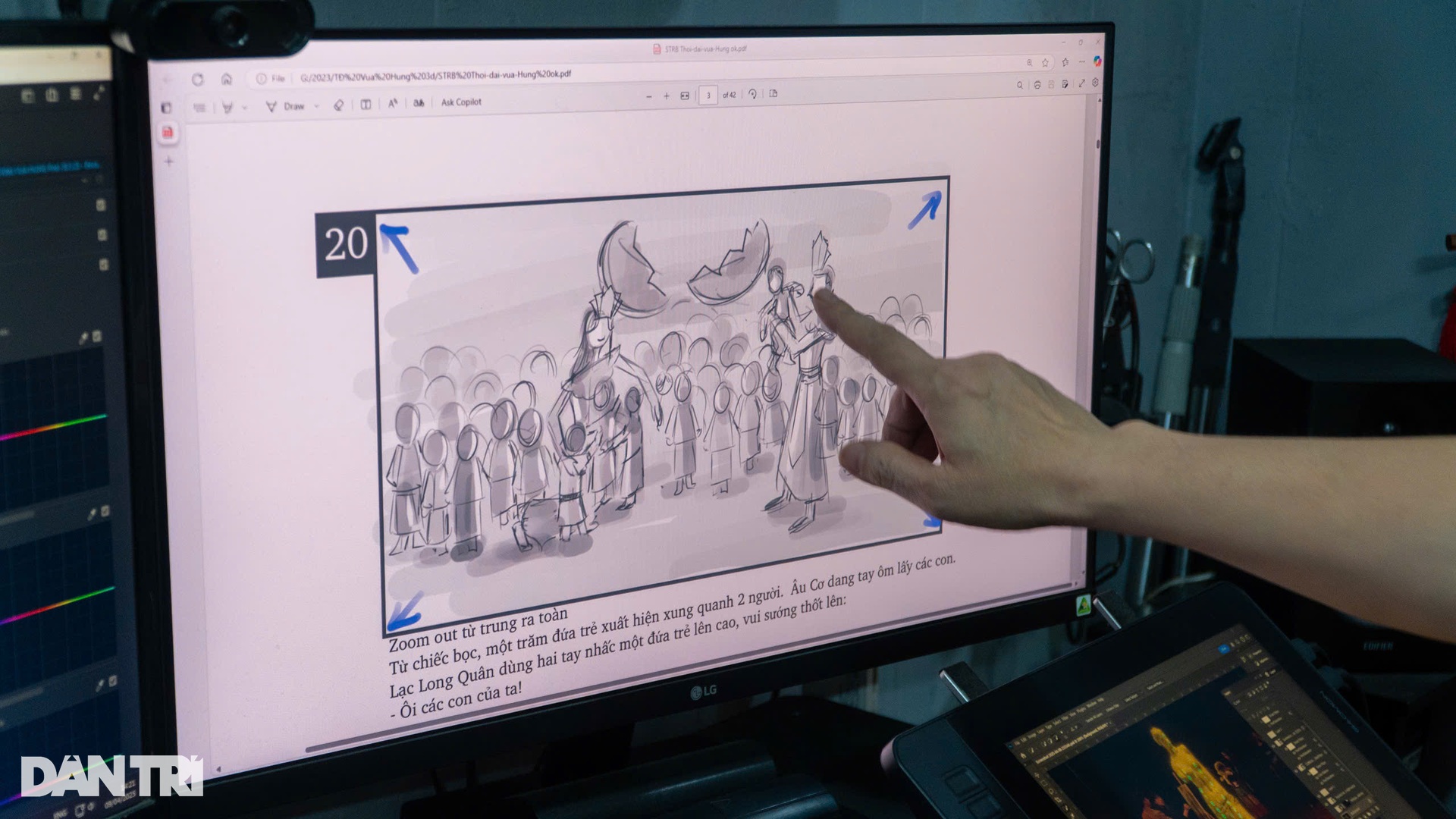
In animation, an actor wears a Motion Leap device to simulate the action movements in the film. The motion data is then fed into software to refine the animation.
This is the most "brain-tense" stage.
"The captured movements were sometimes out of sync with the software, forcing us to intervene in each frame. The team adjusted the camera and adjusted their hands to make each stroke and walk smooth and realistic," said Mr. Thanh.
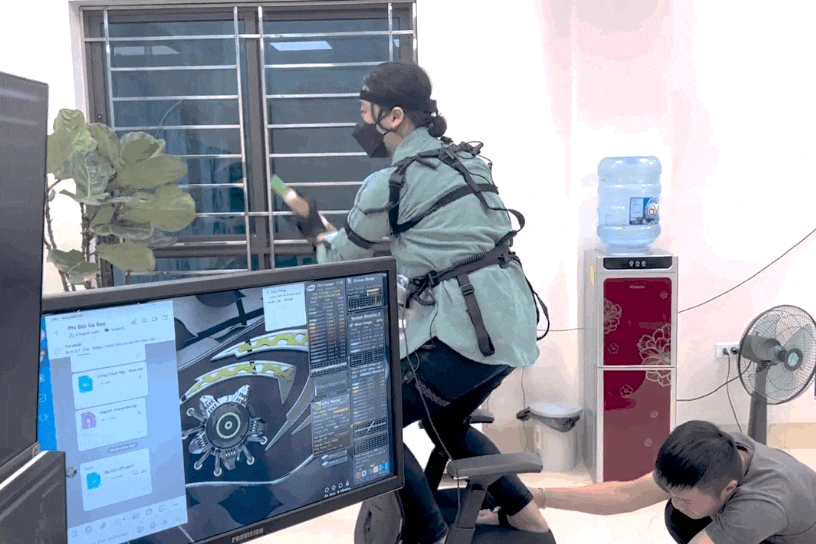
In the animation stage, an actor will wear a Motion Leap device to simulate the action movements in the film.
It took another 4 months of non-stop work from the design team.
"When Saint Giong swung his stick, or the Van Lang warriors strode into battle, the audience not only saw the image, but could feel the strength and spirit from each movement," said Mr. Hoai Thanh.
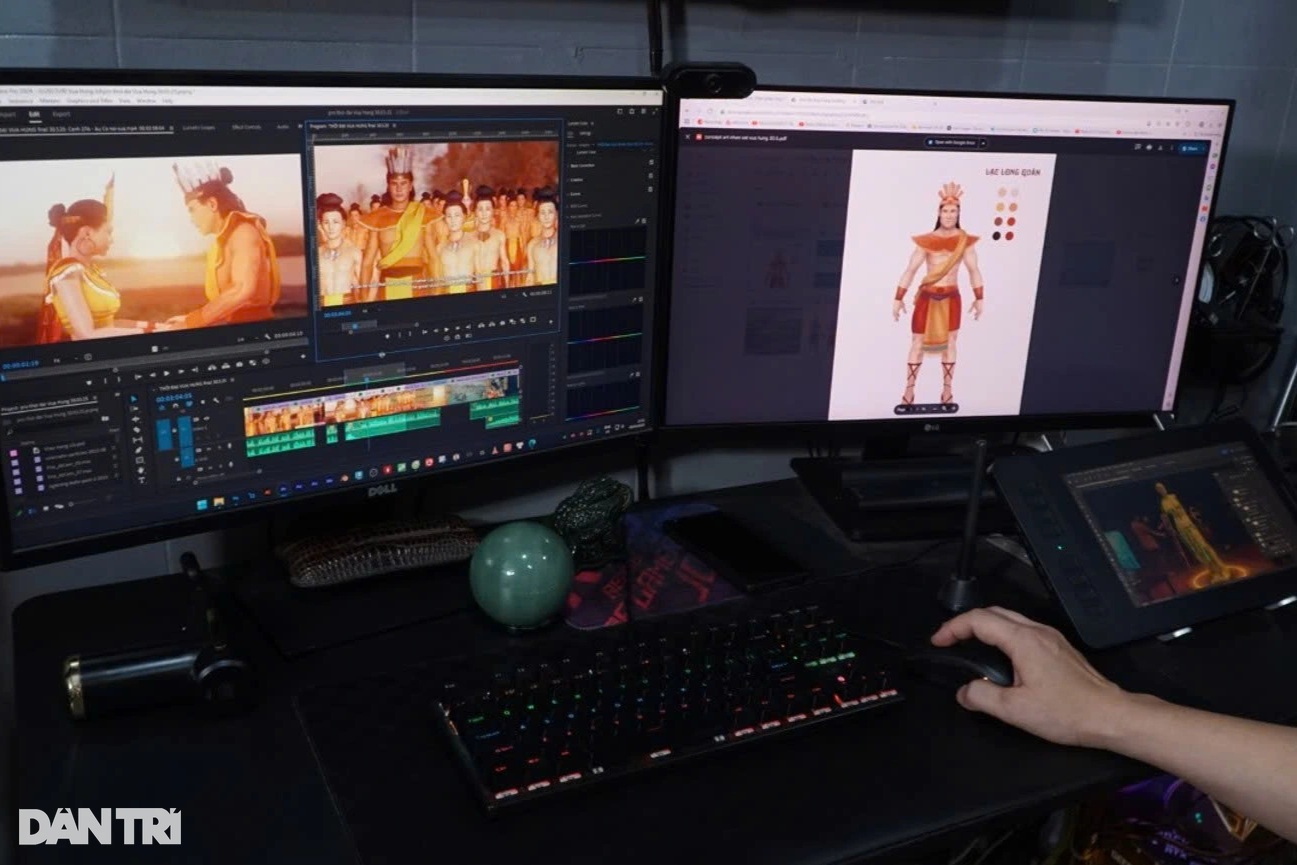
Each edit is a 'lift up, put down', just one detail is not as expected, the following stages will be delayed", Mr. Thanh shared.
The final step is rendering, the film is done on Unreal Engine 5 with powerful lighting processing, allowing instant preview and editing to optimize movement, lighting and context.
The crew also used Lumion software to create water, trees, wind, etc. to make them move like real life.
"Every detail of the exterior is carefully processed to create a realistic space.
The first version sent to the review board received a lot of comments. Each feedback was a long "petition", making the whole team scratch their heads," Mr. Hoai Thanh laughed.
It takes about 15 minutes to edit a frame, with 25 frames per second, more than 6 hours of work for just one second.
The huge workload makes the studio always "hot as an oven", even though the air conditioner is always running at 16 degrees.
Technology doesn't replace memory, but it will tell history better
Throughout the production process, according to the crew, artificial intelligence was an effective tool in scene sketching and post-production.
Right from the pre-production stage, AI assisted the design team in sketching the environment, suggesting landscape layouts, from river shapes, mountain shapes, to lighting and colors suitable for each time of day. These quick suggested models helped the production team have an overall view of the filming space, thereby making more accurate decisions when constructing details using 3D software.
In character creation, AI is also used to analyze human body proportions and suggest basic movement variations, saving time when designing initial poses. This is especially useful for characters with complex movements such as horse riding, fighting, or weapon manipulation.
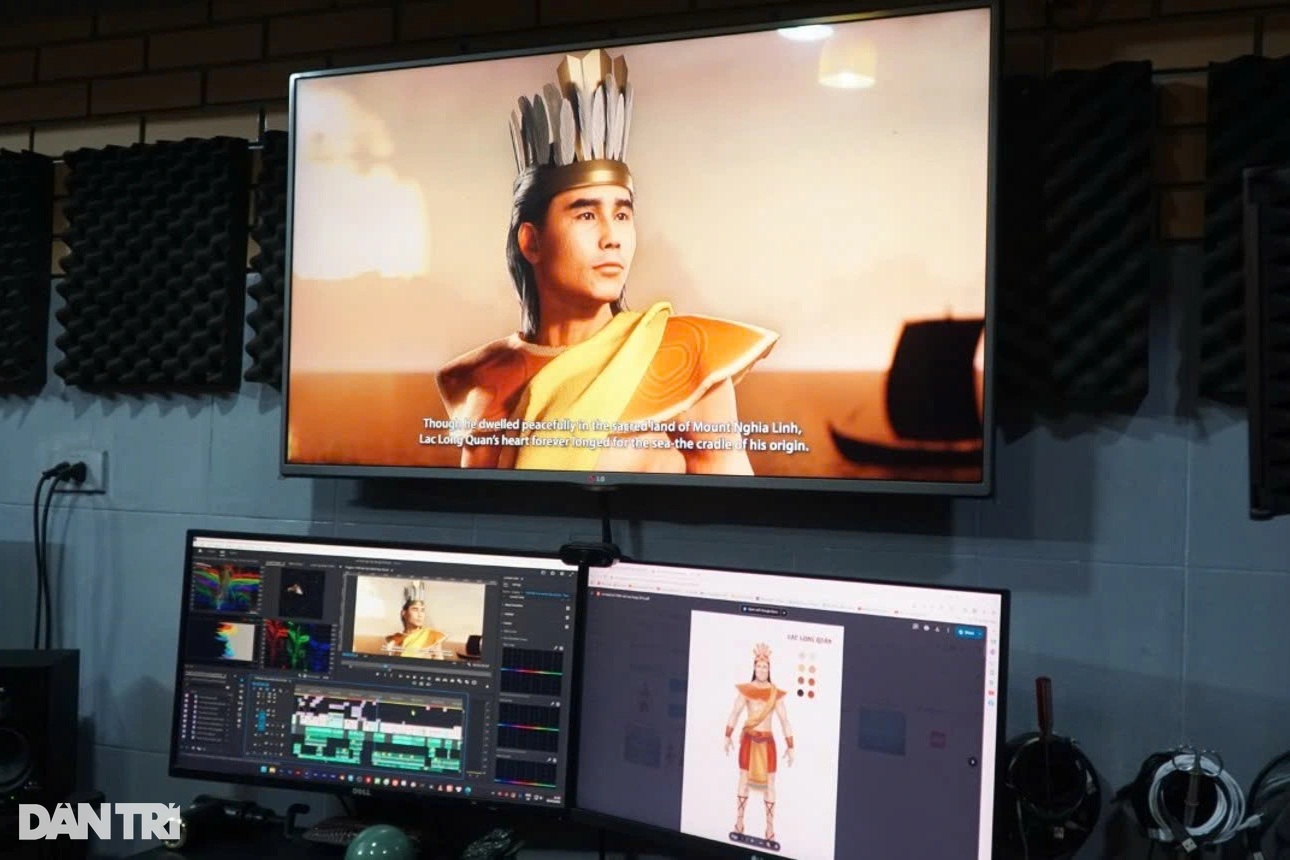
Applying AI in many stages, Mr. Hoai Thanh still puts creativity first.
In post-production, AI continues to help refine the overall lighting and color of the frame. Render optimization algorithms have significantly reduced the processing time for lighting, reflections, and depth of field, especially in scenes with complex environments such as jungle scenes or battles between heaven and earth.
However, despite the strong technical support of AI, all final decisions about the film's composition, character emotions, and historical atmosphere are still made by human hands and intelligence.
"AI cannot replace memory, it is just a tool to guide creativity. What makes a work touch the hearts of viewers lies in the cultural identity conveyed.
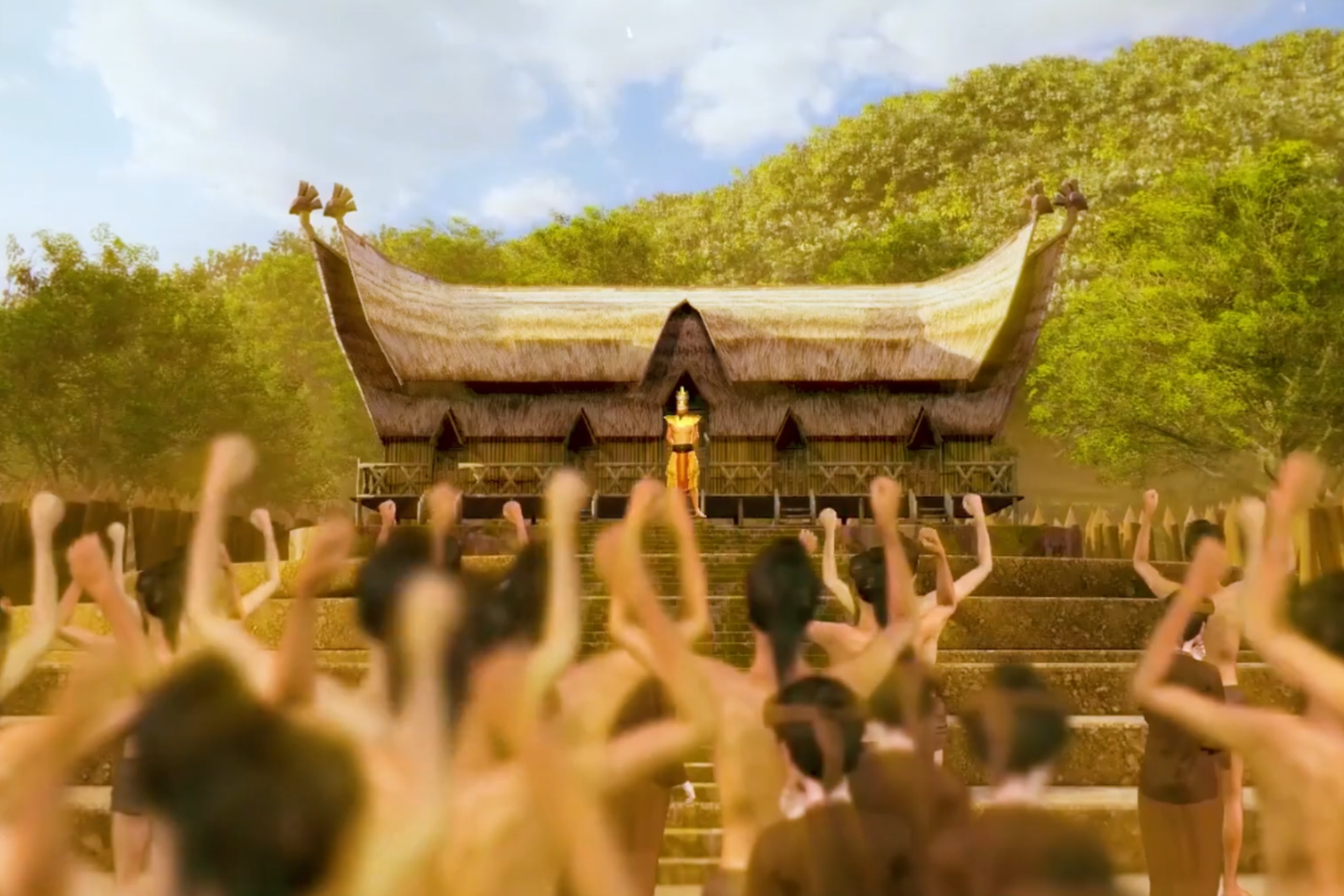
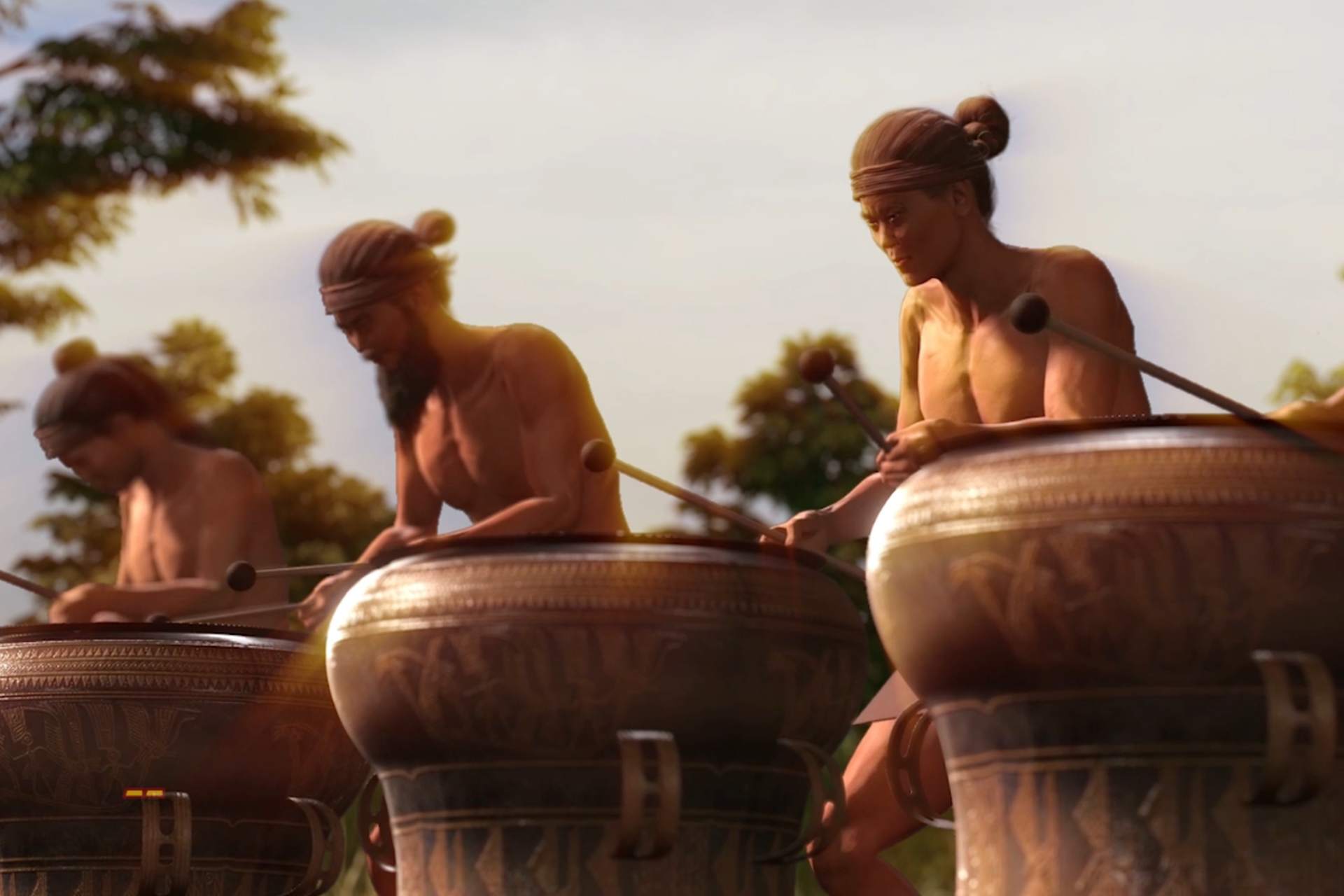
Details about costumes, character demeanor or cultural depth cannot be entrusted to machines. Only humans with emotions, research and national pride can clearly portray those elements," Thanh shared.
The film was sent to the board with the final details completed on March 28, and the whole team couldn't contain their emotions, bursting with happiness and pride.
The premiere at Hung Vuong Museum, Viet Tri city, on March 31 received enthusiastic cheers from the audience.
"After a difficult journey, I hope each legend will be told through a film, so that the young generation can not only learn history, but also feel and love history through a unique way," said Mr. Hoai Thanh.
Source: https://dantri.com.vn/cong-nghe/6-tieng-cho-1-giay-len-hinh-trong-phim-hoat-hinh-lam-song-lai-su-viet-20250520122349157.htm


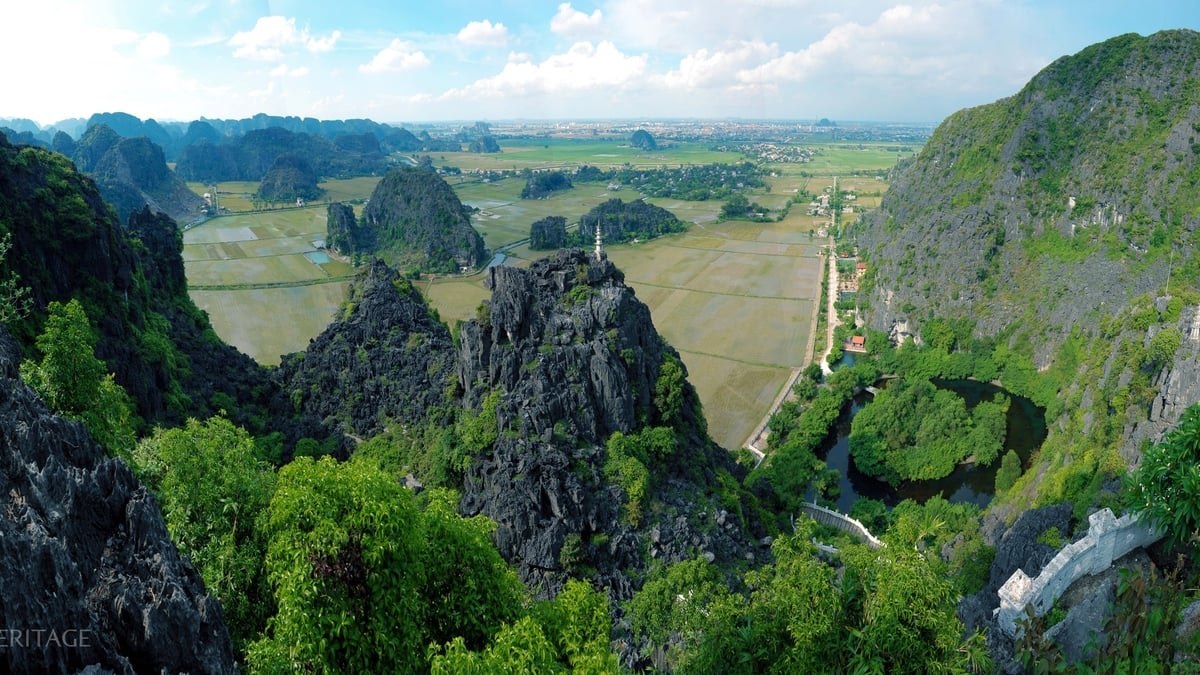
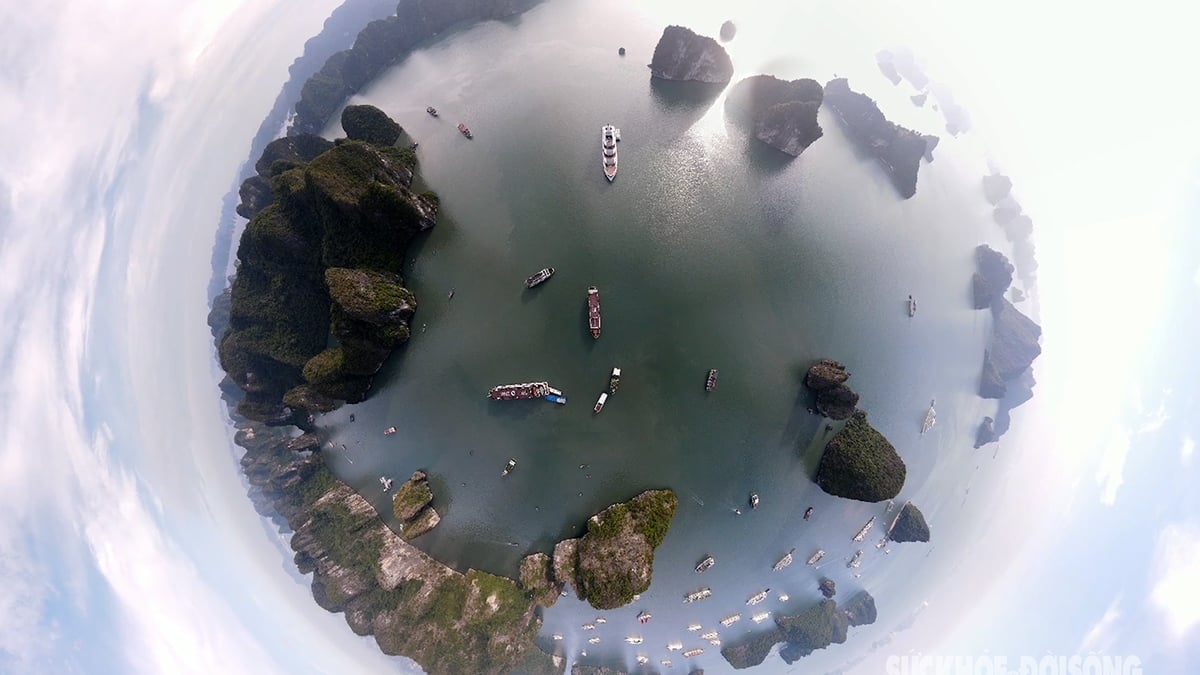
![[Photo] Prime Minister Pham Minh Chinh chairs a meeting on the implementation of the Lao Cai-Hanoi-Hai Phong railway project.](https://vphoto.vietnam.vn/thumb/1200x675/vietnam/resource/IMAGE/2025/5/20/0fa4c9864f63456ebc0eb504c09c7e26)

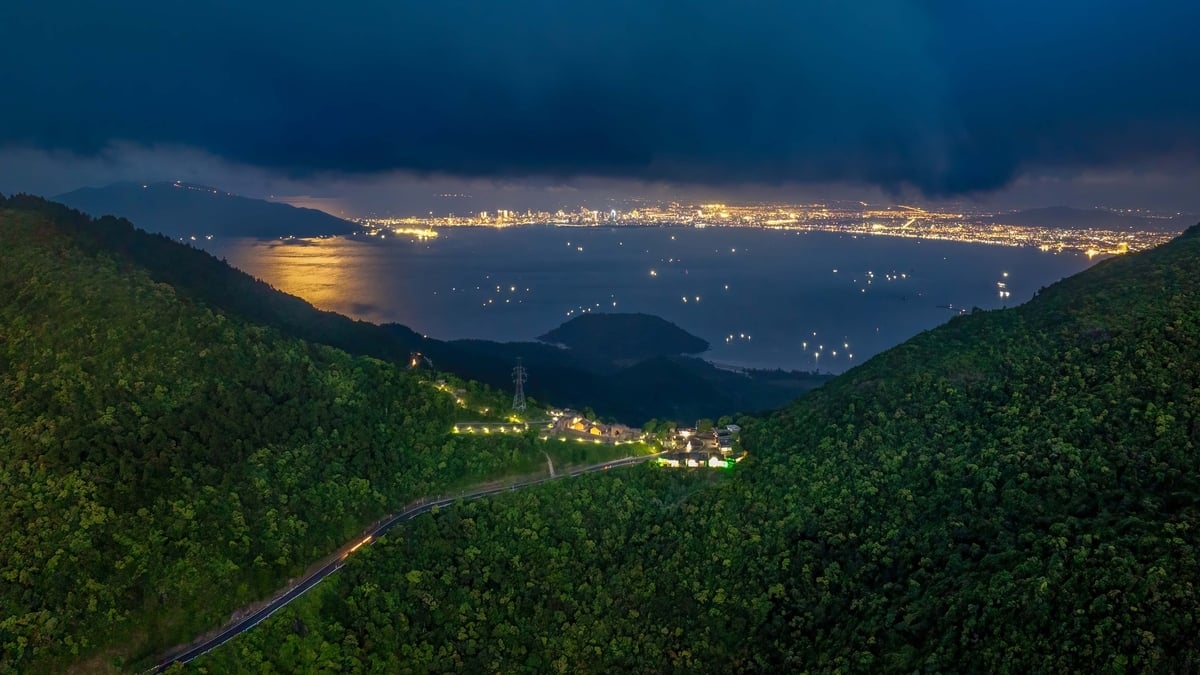

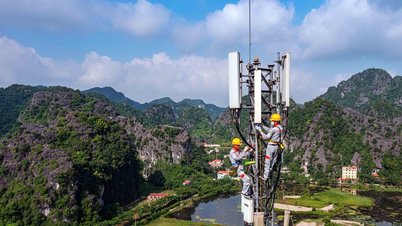


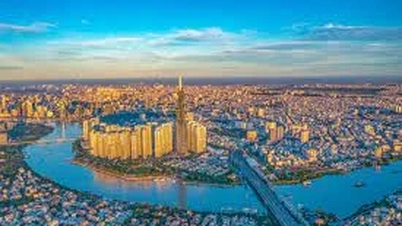








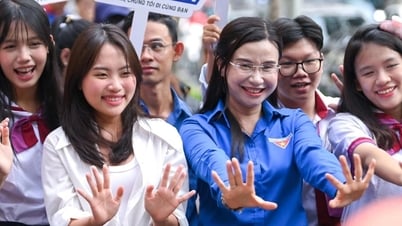

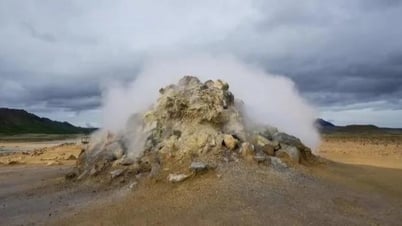

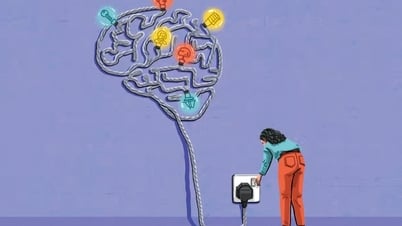
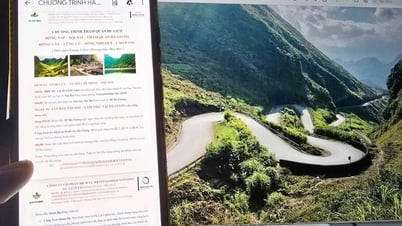

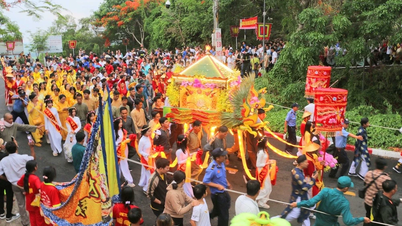

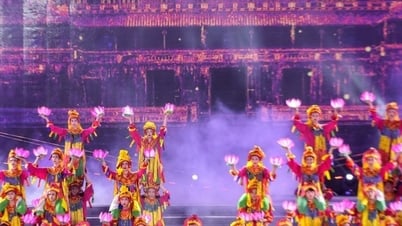
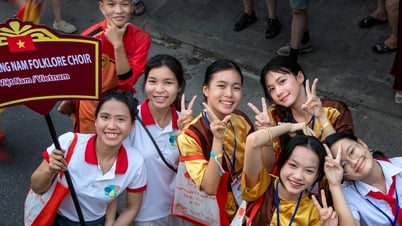





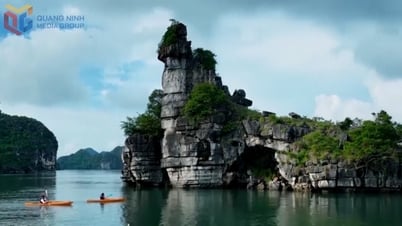














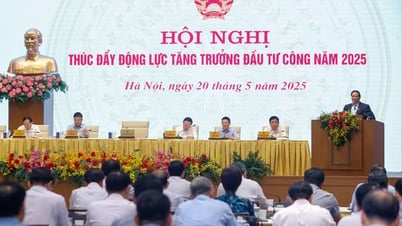




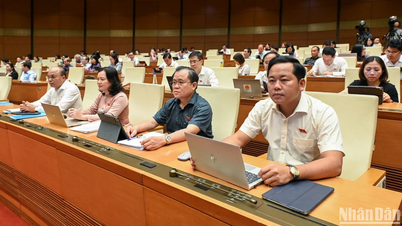

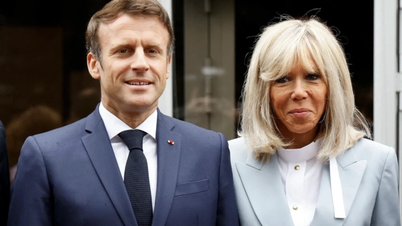
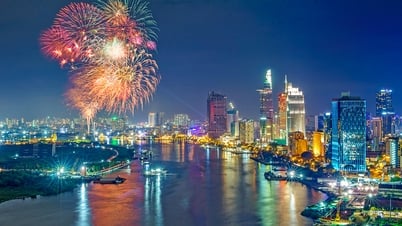
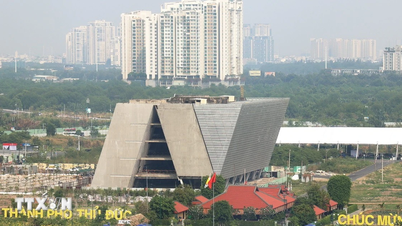




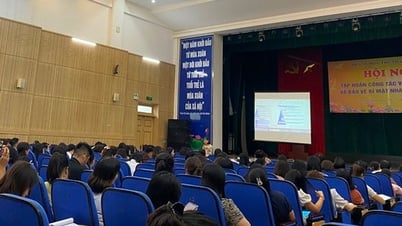
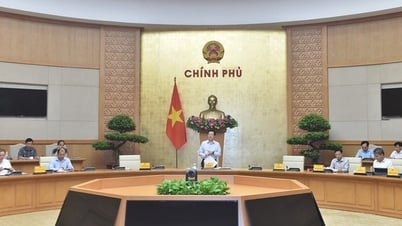
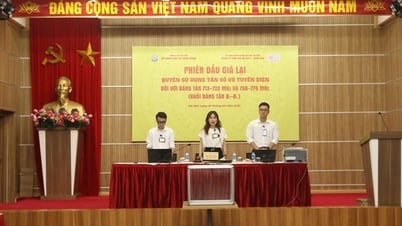

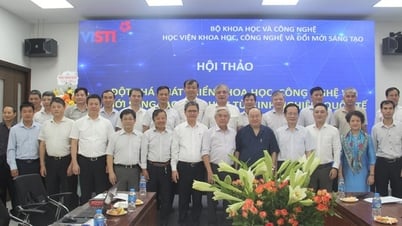
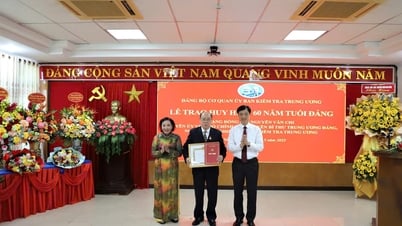

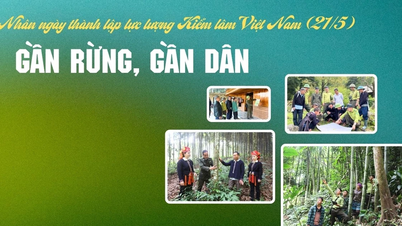






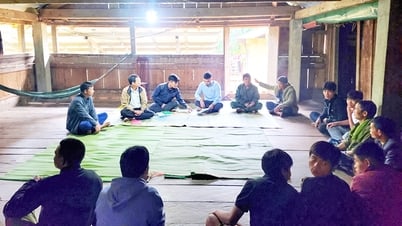













Comment (0)